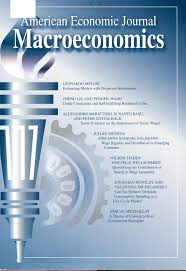
A Congestion Theory of Unemployment Fluctuations
We propose a theory of unemployment fluctuations in which newhires and incumbentworkers are imperfect substitutes. Hence, attempts to hire away the unemployed during recessions diminish the marginal product of new hires, discouraging job creation. This single feature achieves a ten-fold increase in the volatility of hiring in an otherwise standard search model, produces a realistic Beveridge curve despite countercyclical separations, and explains 30–40% of U.S. unemployment fluctuations. Additionally, it explains the excess procyclicality of new hires’ wages, the cyclical labor wedge, countercyclical earnings losses from job displacement, and the limited steady-state effects of unemployment insurance.





